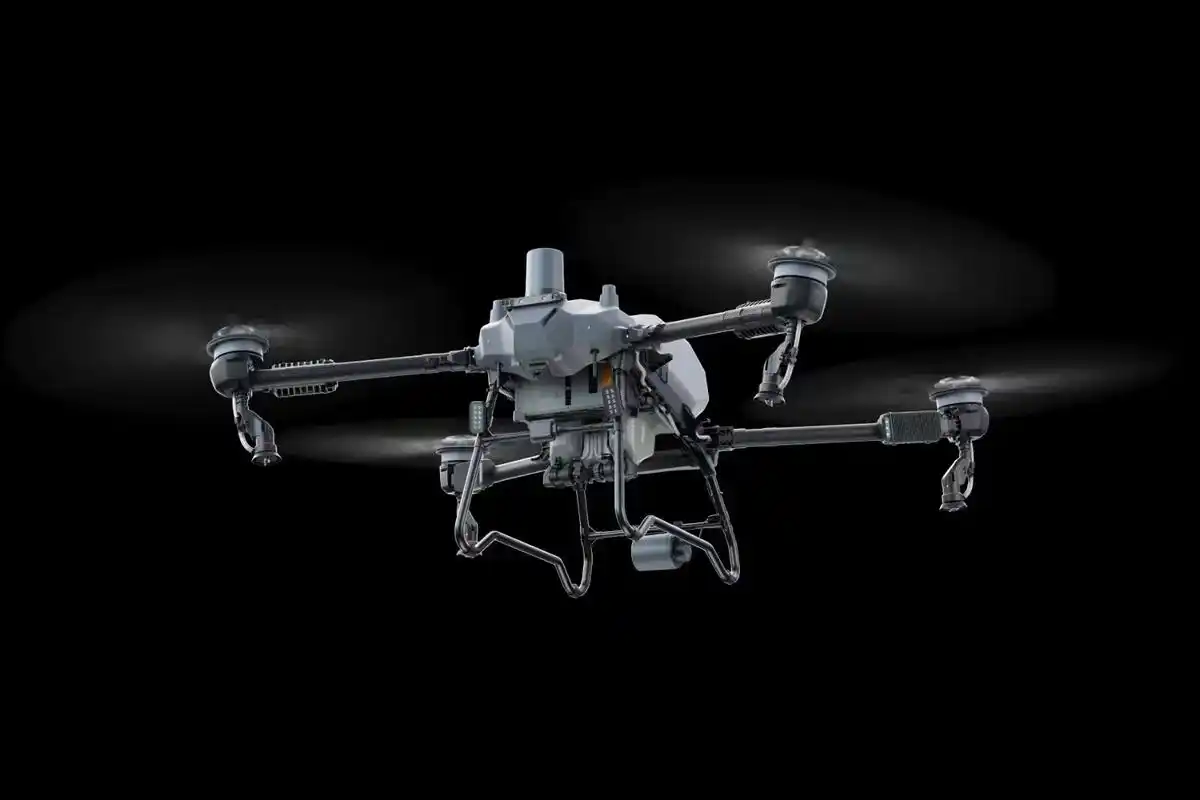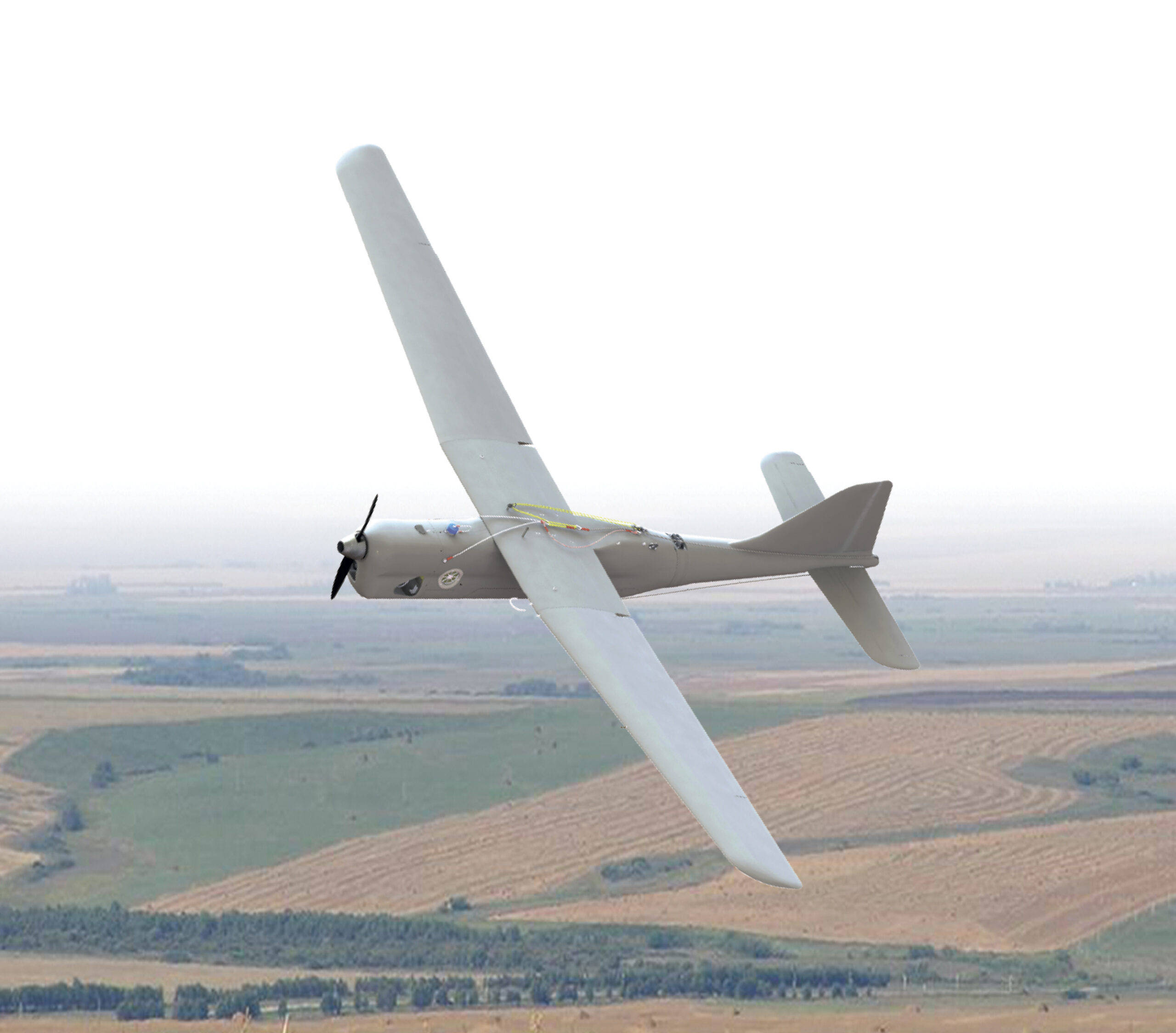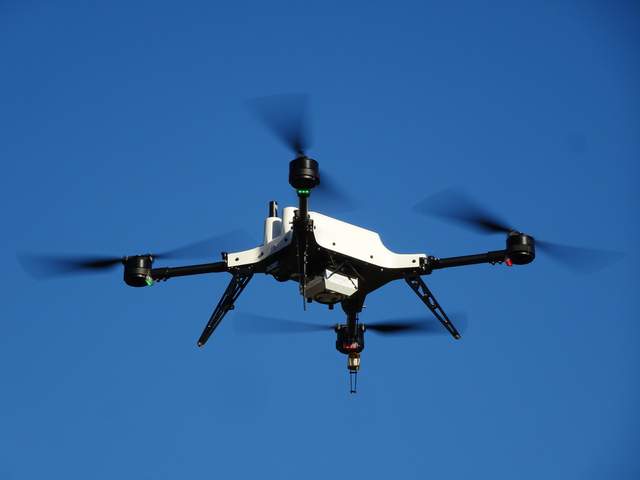
The development speed of China's low altitude economy has exceeded many people's expectations. Before developing the low altitude economy, China had already achieved remarkable success in the field of consumer drones: 70% of the global drone production capacity and 70% of the global drone patent applications were occupied by the Chinese drone industry. Developing a low altitude economy on this basis is a natural progression. The core of the development of China's low altitude economy is to promote the integration of low altitude aircraft with B-end enterprises and G-end governments, create new applications through "low altitude economy+", drive the new economy, and improve the operational capabilities of traditional industries and public facilities.
In the past year, China has developed rich application scenarios around the low altitude economy, such as "low altitude economy+agriculture and forestry", "low altitude economy+sports", "low altitude economy+electricity", "low altitude economy+security", "low altitude economy+national defense", etc. Of particular note is that China is at the forefront of eVTOL aircraft technology development globally. For example, EH216-S has obtained the world's first airworthiness certificate and now has all three certificates, entering the mass production stage. Yihang Intelligence, which manufactures this aircraft, saw its revenue increase fourfold in the first half of this year.
Low altitude economy is a future industry that China focuses on cultivating. This is based on two major considerations: on the one hand, it is to lay the foundation for the future development of industries. Often, future industries are not naturally formed, but require the simultaneous development of institutional rules, infrastructure, and industrial support. Many rules and infrastructure need to be improved by the government. Taking the low altitude economy as an example, cities such as Shenzhen, Beijing, and Shanghai have not only opened multiple drone routes, but also built multiple drone take-off and landing points. With these necessary facilities led by the government, the development of low altitude economy can enter the fast lane. On the other hand, developing future industries is also aimed at opening up new growth points and providing new momentum for China's economic development.
China's future industries are flourishing, and the low altitude economy is a typical representative of it. From the perspective of global future industrial development trends, China's leading future industries in the world are not only low altitude economy. China's 6G communication technology and industry are also among the top, and the Chinese communication equipment army represented by Huawei not only surpasses many competitors in scale, but also advances rapidly in technology. For example, China is also in the global first camp in the field of artificial intelligence. After the emergence of AI big models, there has been a "hundred model war" in China, which not only reflects the fierce competition in the industry, but also indirectly illustrates China's continuous breakthroughs in scale and technology in the artificial intelligence industry.
However, the current development of future industries in China still faces many challenges. Firstly, policies need to be improved. Many future industries are new and carry risks. There are security risks associated with low altitude economy: on the one hand, the rendezvous of aerial vehicles may lead to safety accidents, and on the other hand, the cameras attached to aerial vehicles may leak private information. For these issues, rules need to be formulated to regulate them. Secondly, there are some technological shortcomings. Many products in future industries rely on chips, and China still has shortcomings in advanced process chip manufacturing, which limits the development of our country's future industries. The third challenge is in terms of infrastructure. Infrastructure not only needs to be constructed, but also needs to be reasonably laid out. Low altitude economy presents such challenges, and air navigation, ground connection, maintenance points, charging facilities, etc. all need to be continuously improved on the basis of reasonable layout.
How should we respond to these challenges? From a policy perspective, governments across China need to do two things well: one is to encourage and incentivize future industrial innovation, providing targeted support to enterprises with innovative capabilities, such as tax and financial support, and facilitating the pilot implementation of innovative applications, following the principle of first establish, then break, and enabling future industries to take the lead. In addition, it is necessary to summarize experience in practical applications, start from practice, gradually improve rules and regulations, and ensure that future industries and regulatory systems complement each other and are promoted in a coordinated manner.
From a technical perspective, the most pressing issue at present is the external suppression and blockade of technology. On the one hand, we need to achieve technological breakthroughs through independent innovation and get rid of external dependence; On the other hand, effective communication and countermeasures should be carried out through diplomatic means to safeguard one's legitimate rights and interests. At the same time, exploring and cultivating domestic market demand to provide broad development space for future industries with a huge domestic demand market is an important way for China to respond to external challenges and achieve sustainable development.
In short, the rapid rise of the low altitude economy is a wonderful epitome of China's future industrial development. With the development of many future industries as opportunities, China has occupied an increasingly advantageous position in global technological competition. I believe that through continuous strengthening of policy guidance, China's future industries will attract more capital and talent to participate, and then embark on the fast lane of technological innovation and development. In response to external technological challenges, China is also expected to turn crisis into opportunity, break through several major technological bottlenecks through independent research and development, and make progress in developing new quality productivity.




